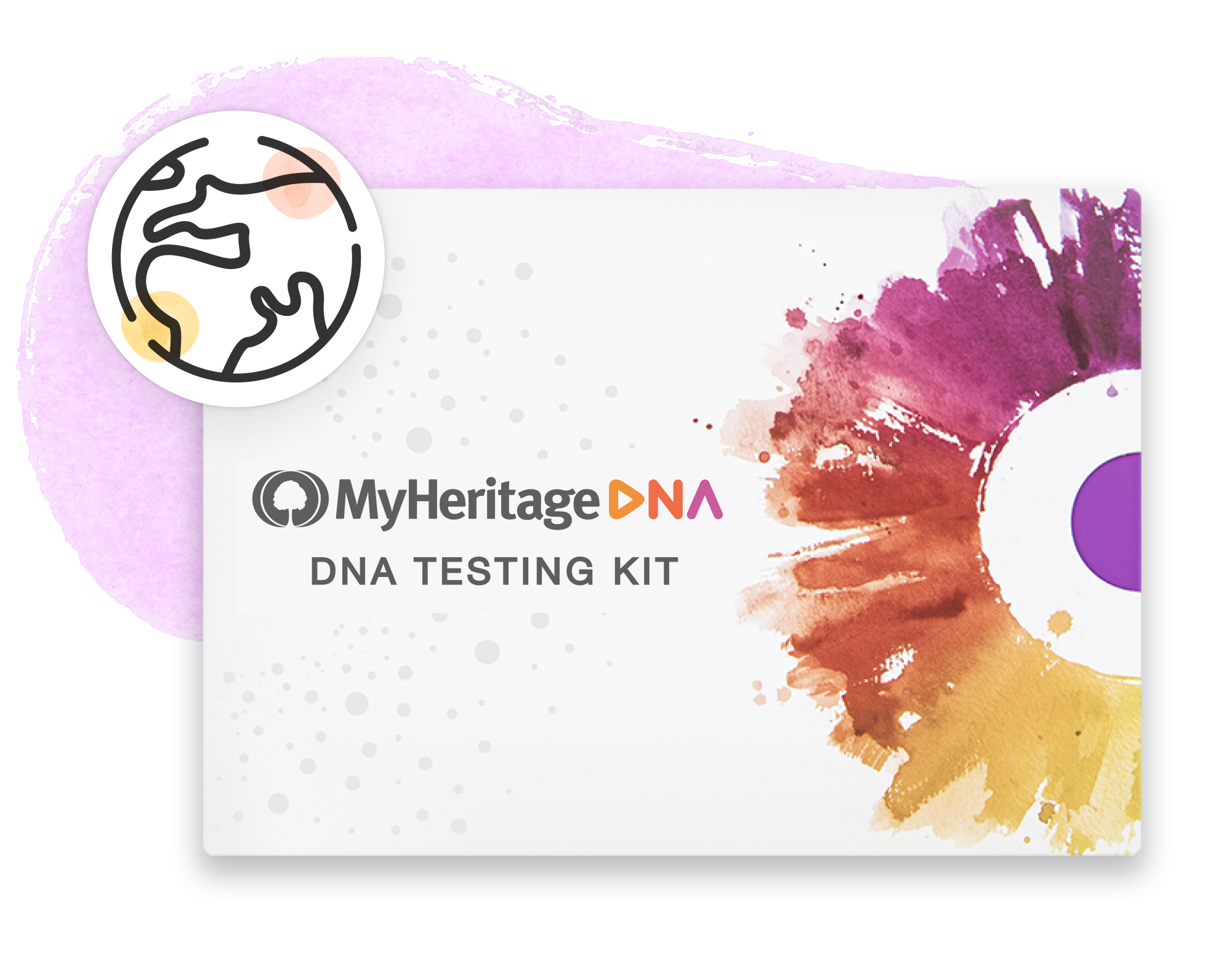Shared DNA Matches are DNA matches that appear in our list of DNA matches and also on other people's DNA matches list, which we also share DNA with; this term is used with different variations by the at-home DNA testing companies. That shared DNA, better known as Shared DNA segments or matching segments, are the sections of DNA that are identical between two individuals. These segments were most likely inherited from a common ancestor.
At MyHeritage, this analysis tool, called Shared DNA Matches is one of the most important advanced DNA tools. It’s available to MyHeritage subscribers and to those who upload their DNA test results and pay a modest fee to unlock the advanced DNA tools. This tool helps testers group their DNA matches into clusters of people who are related to each other. Doing this can help them figure out how they may be related to their DNA matches. It can help determine how matches may be related to each other. With additional analysis, testers may even be able to discover unknown ancestors they share in common with other DNA testers.
The Shared DNA Matches tool at MyHeritage shows a list of other DNA testers who are related to them and a specific DNA match. In the example below, one of E.R.’s DNA matches is named Mildred and doesn't have a family tree posted. To review the DNA matches shared with Mildred, E.R. would click on "Review DNA Match" and scroll down to this section on the page:

On the left is an estimate of how E.R. is related to each match; on the right is an estimate for how the DNA Match is related to those same matches. In this case, the third person on the list is known to E.R, and is related on her father’s side. This means that the other shared matches are likely to be on her father's side of the family, too. Other matches on the Shared DNA Matches list may also provide clues. For example, the first match on the list is identified as Margaret’s son. It’s possible Gareth’s tree may reveal more than his mother’s did, or that other clues with this mother-son match may help E.R. figure out how she is related to both of them..
A list of Shared DNA matches can be used to gather others who share DNA with a known relative. Chances are high that shared matches with a known match will be related to each other in some way. These matches may have records, stories, photos or family heirlooms from the shared family line.
Many testers don’t post family trees and some don’t know who their ancestors are. The Shared DNA Matches tool is an excellent way that MyHeritage groups testers based solely on their shared DNA. While it can’t tell testers exactly how they are all related to each other, it’s often possible to combine the genealogical clues from known matches with the genetic clues about estimated relationships to mystery matches and begin to find answers.
It is always necessary to take additional steps to confirm relationships with unknown DNA matches, both individuals and groups of matches. Testers can:
- Explore any Theories of Family Relativity to view additional ways they may be related to individual matches.
- Reach out with specific questions to their matches. (Get tips on communicating with DNA matches more effectively.)
- Do more genealogy to extend family trees of testers toward each other.
- Find a Best Known Match and use them to identify and label MyHeritage matches.
- For step-by-step instructions on identifying Best Known Matches and using DNA match lists to identify unknown ancestors at the grandparent, great grandparent, 2x great grandparent and even 3x great grandparent level, read Your DNA Guide–the Book.
- Shared DNA: How Much DNA Do You Share with Your Relatives? on the MyHeritage Knowledge Base
- What Is a Good DNA Match from a Research Perspective? on the MyHeritage Knowledge Base
- Why Do I Have a DNA Match Who Doesn’t Match My Sibling? on the MyHeritage Knowledge Base
- Analyzing My DNA Matches at Legacy Family Tree Webinars
- Solving Unknown Parentage Mysteries with MyHeritage DNA at Legacy Family Tree Webinars
- Creating a DNA Plan for Geoff’s Brick Wall: An Inspiring Case Study at Legacy Family Tree Webinars
- Free Guide to Contacting Your DNA Matches: Treat It Like a First Date at Your DNA Guide
- Get Your DNA Guide–the Book, a do-it-yourself guide to using DNA to explore important family history questions at Your DNA Guide
- How to Label Your MyHeritage DNA Matches at Your DNA Guide
- Sorting Your MyHeritage Shared Matches by How Much DNA They Share with You or Your Match at Your DNA Guide


